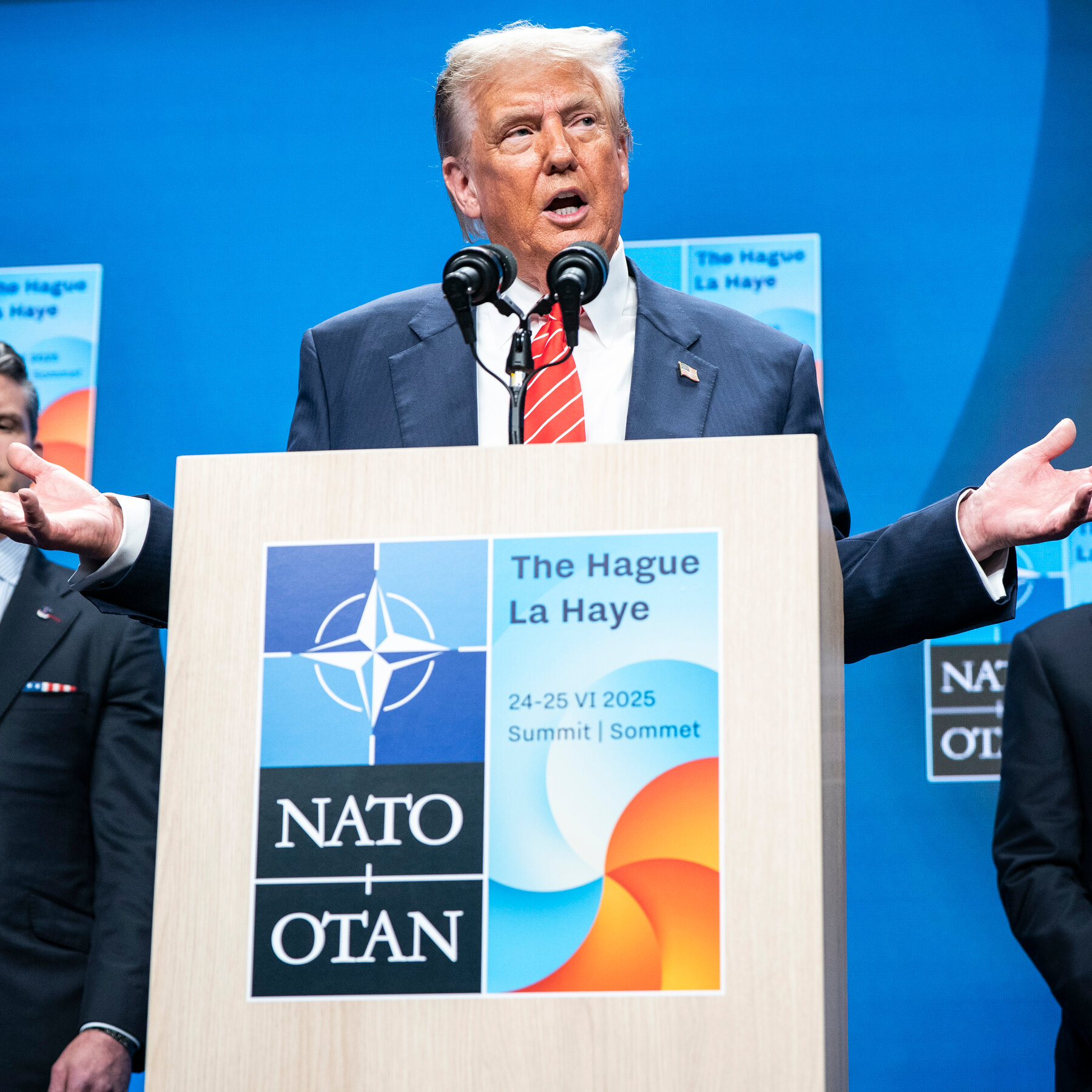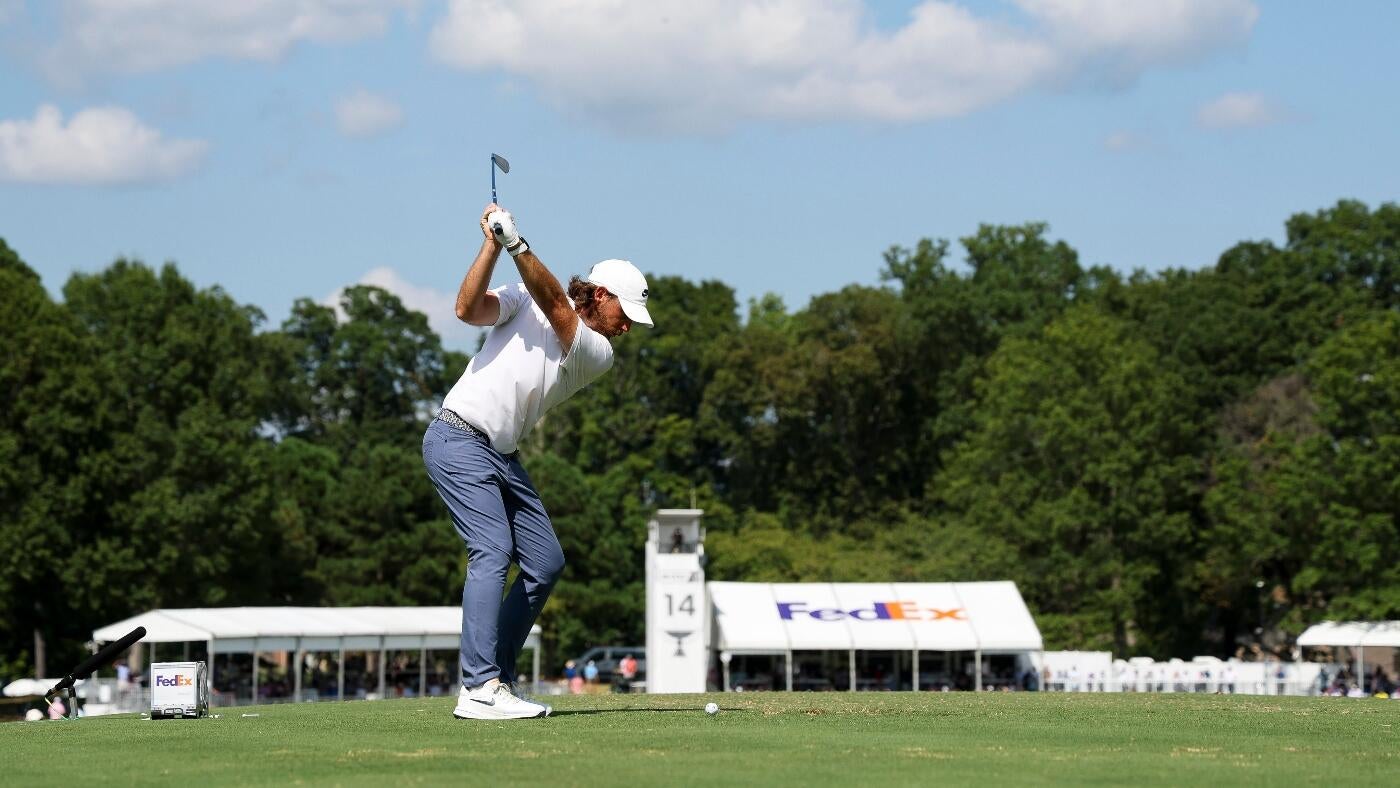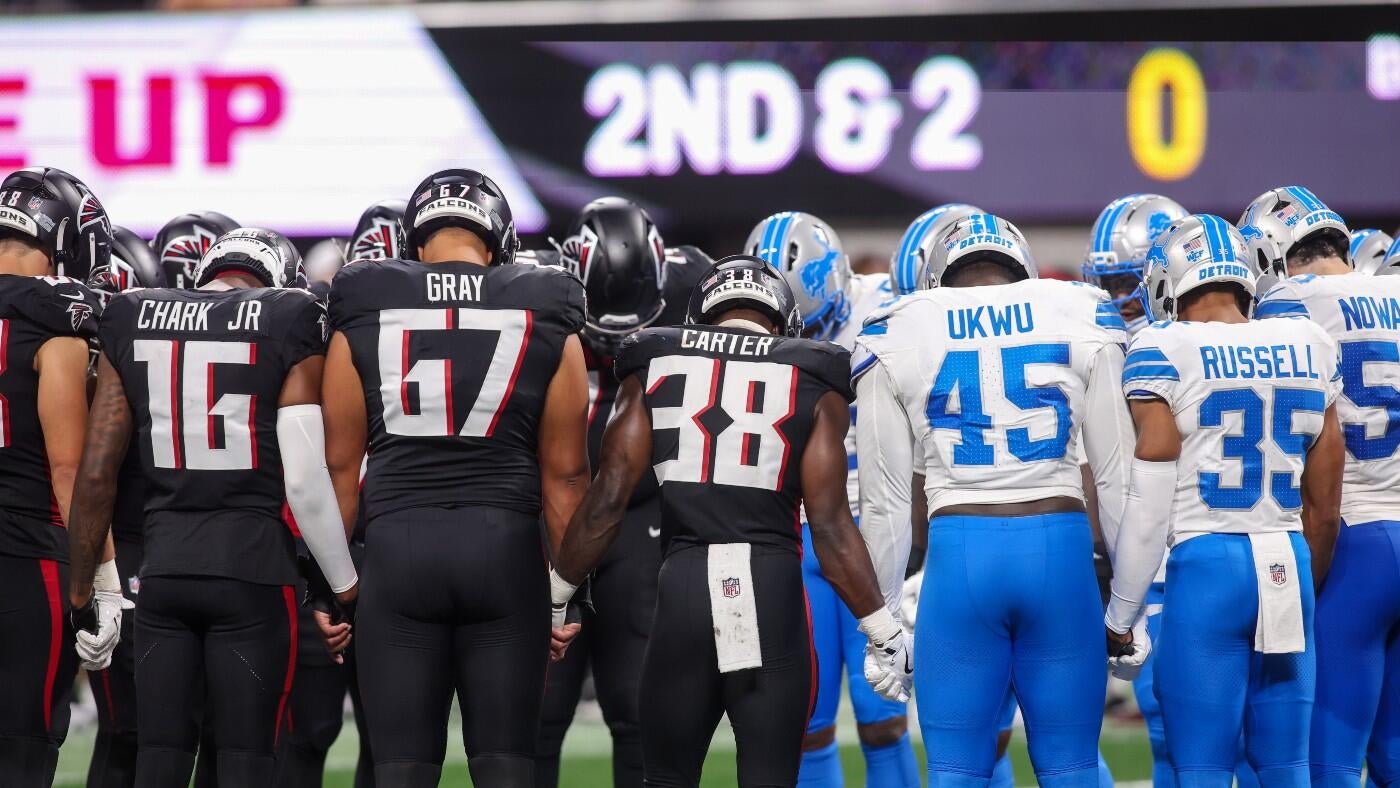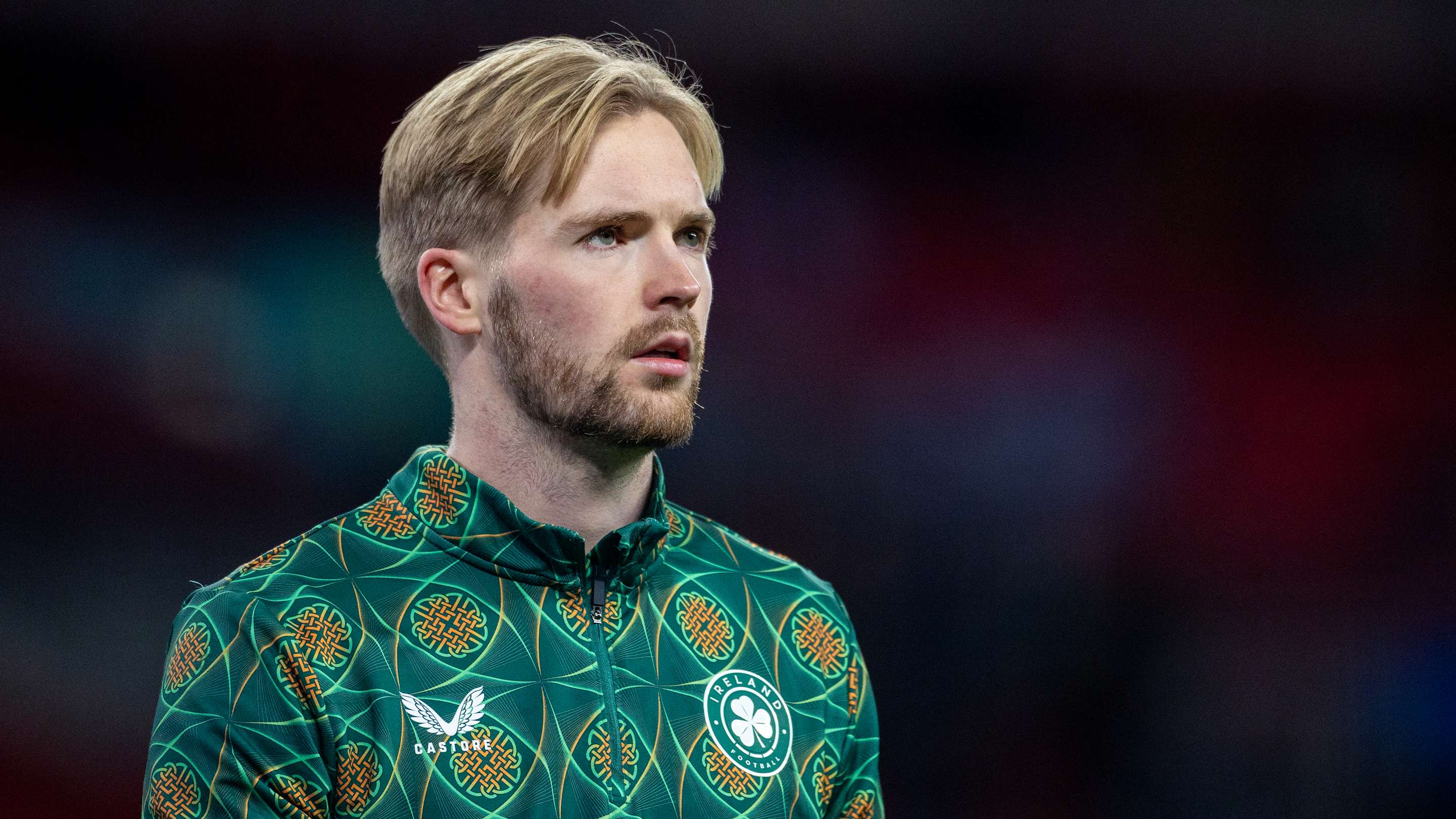

President Trump has long pushed the European allies to be more self-sufficient on defense, relying less on American protection. NATO committed to a major increase over the next decade.
A NATO summit designed to please President Trump ended on Wednesday with his European allies approving an ambitious spending goal to meet the threat of a militarizing Russia, and clinching a long-elusive public commitment from the mercurial American leader for the alliance’s collective defense.
Since his first term, Mr. Trump has been pressing for the allies to spend more on their own defense. On Wednesday, after a one-day meeting in the Netherlands, they agreed to raise their spending on the military to 5 percent of their national income by 2035.
That amount consists of 3.5 percent on traditional military needs like troops, weapons, shells and missiles, up sharply from the current target of 2 percent. It also include another 1.5 percent on “militarily adjacent” projects like improved roads and bridges, better emergency health care, better cybersecurity and civic resilience.
Mr. Trump was pleased.
“This was a tremendous summit, and I enjoyed it very much,” he said at a news conference at the end of the meeting. He added that he understood the central role the United States plays in the defense of Europe. “They want to protect their country, and they need the United States and without the United States, it’s not going to be the same,” he said.
Mr. Trump has long denigrated NATO allies as freeloaders, relying on the United States for protection, and Vice President JD Vance and Defense Secretary Pete Hegseth have described Europe as a drain on American security resources. The president has even mused publicly about withdrawing from the alliance.
But the summit’s brief communiqué, unanimously approved on Wednesday, included a restatement of the allies’ commitment to collective defense in Article 5 of the NATO pact. The president has often been reluctant to commit publicly to Article Five, though he often does in private.
At his own news conference, Mark Rutte, the NATO secretary general, expressed frustration over continued questions about Mr. Trump’s commitment to Article 5. He urged journalists and politicians “to stop worrying,” adding: “The United States is totally committed to Article 5. How many times do we want them to say this?”
The summit won praise from Senator Christopher Coons, a Democrat from Delaware who is a member of the Senate Foreign Relations Committee. “This will be remembered as a landmark summit,” he said in an interview in The Hague. “The agreement to spend 5 percent is a significant step forward toward a shared commitment to our collective security.”
But he cautioned that “this money has to be coordinated and spent well, or it will do little more than run up costs and inflation.”
Others were skeptical.
“All the big challenges were left off the agenda,” said Torrey Taussig, a former Europe director for the National Security Council under former President Joseph R. Biden Jr. There was “no meaningful deliverable for Ukraine, despite a fourth year of a land war in Europe,” she said, and no discussion of future policy toward Russia or the rising challenges of China.
Also, the commitment is to raise spending to 5 percent over a decade, and that is a long time. Some countries may never reach these targets.
Prime Minister Pedro Sanchez of Spain said before the summit that Spain would spend 2.1 percent of its G.D.P. on defense, “no more, no less.” Slovakia and Belgium also hinted that the 5 percent pledge was going to be impossible to meet.
But Mr. Rutte worked around Spain with a bit of mushy diplomatic language. The communiqué said “the allies” — not “all allies” — had agreed to the 5 percent figure.
Mr. Rutte presented the agreement as a victory for Mr. Trump, praising him for pushing the Europeans to do what was necessary in their own interests.
“You will achieve something NO American president in decades could get done,” Mr. Rutte told Mr. Trump in a private text message that Mr. Trump posted on social media.
Even if countries spend unevenly, the result would be a very large increase in Europe's military spending. The hope is that the money will be spent effectively and on critical areas like air defense and satellite intelligence, where the Americans are currently indispensable. There will be a spending review in 2029.
Mr. Trump has ordered a review of where American troops are now stationed, and where they should be in the future. That is likely to affect what forces NATO wants each ally to have, from troop numbers to equipment.
Despite the promises, many governments, especially in the west of Europe, will have a difficult political task to convince their publics that the threat to their security is real, and that money must be spent for deterrence.
That is “where the rubber hits the road,” said Rachel Rizzo, a European defense expert at the Atlantic Council. “Will European leaders expend the political capital to sell this commitment to their publics?”
But speed is also crucial, with some intelligence agencies warning of a Russian threat to Europe within three to five years of the end of the Ukraine war.
The new spending “must translate into hard military capabilities that they bring to the table soon,” Ms. Rizzo said.
Some analysts praised Mr. Rutte and the Europeans for keeping Mr. Trump happy, saying it showed excellent political judgment.
“Looking down the barrel of American abandonment, the allies came up with a strategy that buys time and placates Trump,” said Kori Schake, director of foreign and defense policy at the American Enterprise Institute. And it is better to have Mr. Rutte “do all the groveling, so leaders who have to stand for elections don’t have to do it.”
Ukraine was reduced to the sidelines in this summit, though President Volodymyr Zelensky met with Mr. Trump. They were scheduled to meet last week at the Group of 7 summit in Canada but the president skipped their meeting, citing a need to return to Washington to handle the conflict between Israel and Iran.
In his news conference, Mr. Rutte promised “continued support” for Ukraine with money and equipment.
The communiqué did not mention the prospect of Ukraine’s future membership in the alliance, apparently as another gesture to Mr. Trump, who opposes it. But Mr. Rutte made a point of repeating NATO’s longstanding pledge of eventually admitting Ukraine.
“Our aim is to keep Ukraine in the fight today so that it can enjoy a lasting peace in the future,” he said. “We stand by Ukraine in its pursuit of peace and will continue to support Ukraine on its irreversible path to NATO membership,” echoing last year’s communiqué in Washington.
Liana Fix, a Europe expert at the Council on Foreign Relations, said, “To be brutally honest, they choreographed the summit in a way which, first of all, takes care of the security interests of NATO allies — and then comes Ukraine.”
“In an ideal world, Ukraine and Russia should have been the top priority at the summit,” Ms. Fix said. “But in a Donald Trump world, it’s understandable why major allies choreographed it the way they did.”
Tyler Pager contributed reporting.










-3.png)



